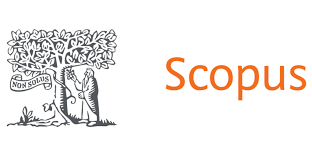WHAT LITERATURE HAS TO SAY ABOUT HEMIBALLISM ASSOCIATED WITH HYPERGLYCEMIA: A SYSTEMATIC REVIEW
DOI:
https://doi.org/10.56238/arev6n3-194Palabras clave:
Neurology, Hyperglycemia, HemiballismusResumen
Background: Hyperosmolar Hemiballism (HH) is a rare and debilitating neurological condition characterized by involuntary, abrupt movements on one side of the body, often linked to lesions in the subthalamic nucleus. Objective: This review aims to synthesize the clinical, pathophysiological, and therapeutic aspects of HH, emphasizing recent scientific findings and diagnostic challenges. Methods: A literature review was conducted on PubMed and Cochrane databases using MeSH terms: "hemiballismus" and "hyperglycemia" or "hyperosmolarity," covering articles from the last 25 years in Portuguese, English, and Spanish. The PRISMA guidelines were followed for the selection of studies, focusing on article quality and relevance to the topic. Results: Most patients had the left putamen affected, with right-sided hemiballism being the most common movement. The prevalent comorbidity was pre-existing Type II Diabetes (80%). Blood glucose levels varied widely from 292 mg/dL to 1043 mg/dL, with most patients not presenting ketone bodies in their urine. Hyperglycemia correction was the primary treatment, leading to positive outcomes in all reported cases. Women represented 69.33% of the study population, and all patients were over 50 years old. Conclusion: Effective glycemic control markedly improves HH symptoms. Despite its rarity, HH is a critical differential diagnosis in elderly patients with Type II Diabetes, as appropriate diagnosis and treatment significantly influence clinical outcomes.






